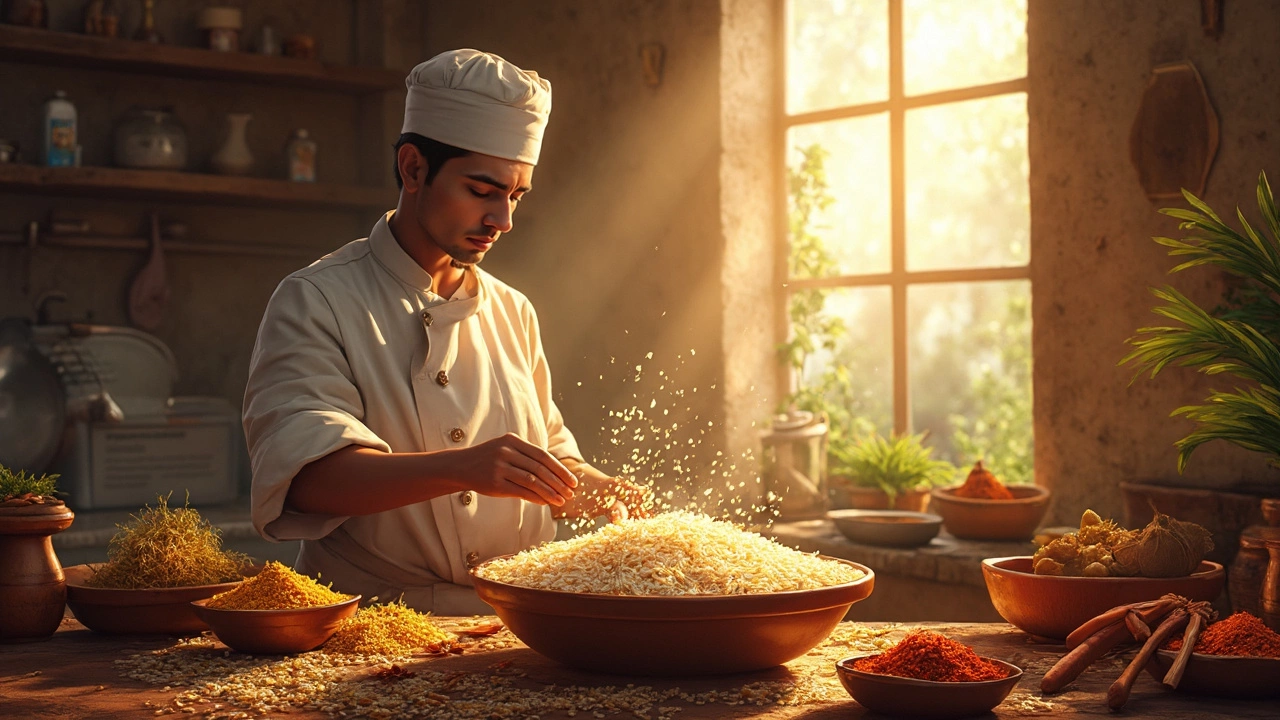Cooking Rice: Tips, Techniques & Secrets
When it comes to Cooking Rice, the process of turning raw grains into fluffy, flavorful staples. Also known as rice preparation, it underpins dishes across India, from humble everyday meals to festive biryani. Biryani a layered rice dish enriched with spices, meat or vegetables showcases how the right rice technique can elevate a whole meal, while simple additions like Lemon a sour fruit that brightens flavor and helps keep grains separate can transform texture.
Essential Steps for Perfect Rice
Mastering cooking rice starts with three core actions: washing, soaking, and measuring water. Washing removes excess starch, which prevents clumping. Soaking, especially for basmati, shortens cooking time and encourages long, separate grains – a classic semantic triple: "Cooking rice includes soaking". The water‑to‑rice ratio is the next critical factor; a 1.5:1 ratio works for most stovetop methods, while pressure cookers need just a splash less. Knowing the right ratio satisfies the triple "Cooking rice requires proper water proportion" and guarantees consistent results.
Once the grains are clean and pre‑soaked, choose a cooking mode that fits your schedule. The absorption method lets rice sit undisturbed, letting steam finish the job – "Cooking rice enables steam absorption". For quick meals, a pressure cooker cuts time in half, yet you still need to release pressure gently to keep grains intact. A heavy‑bottomed pot prevents scorching, reinforcing the triple "Cooking rice benefits from even heat distribution".
Flavor boosters turn plain rice into a side that stands on its own. Adding a knob of ghee or a pinch of cumin seeds at the start builds depth, while a squeeze of lemon right after cooking lifts freshness and, interestingly, helps keep the grains fluffy – "Lemon influences rice texture". For biryani lovers, a dash of saffron or a few cardamom pods adds aroma without extra effort.
Every step links back to the core idea: good rice is about technique, not just ingredients. Below you’ll find articles that dive deeper into each of these aspects – from why lemon matters in biryani to how soaking dal parallels rice preparation, and even how to keep roti soft when serving alongside rice. Keep reading to turn your everyday rice into a reliable, tasty foundation for any Indian meal.

Soaking Basmati Rice: How Long is Just Right for the Perfect Biryani?
Soaking basmati rice before cooking is a simple yet essential step for making the perfect biryani. This process allows the rice grains to expand properly, ensuring a fluffy and aromatic dish. Generally, soaking for 30 minutes to 1 hour is ideal, but various factors like rice type and personal preference can influence this time. Understanding the proper soaking technique enhances the flavor and texture of your biryani, helping you achieve restaurant-quality results at home.